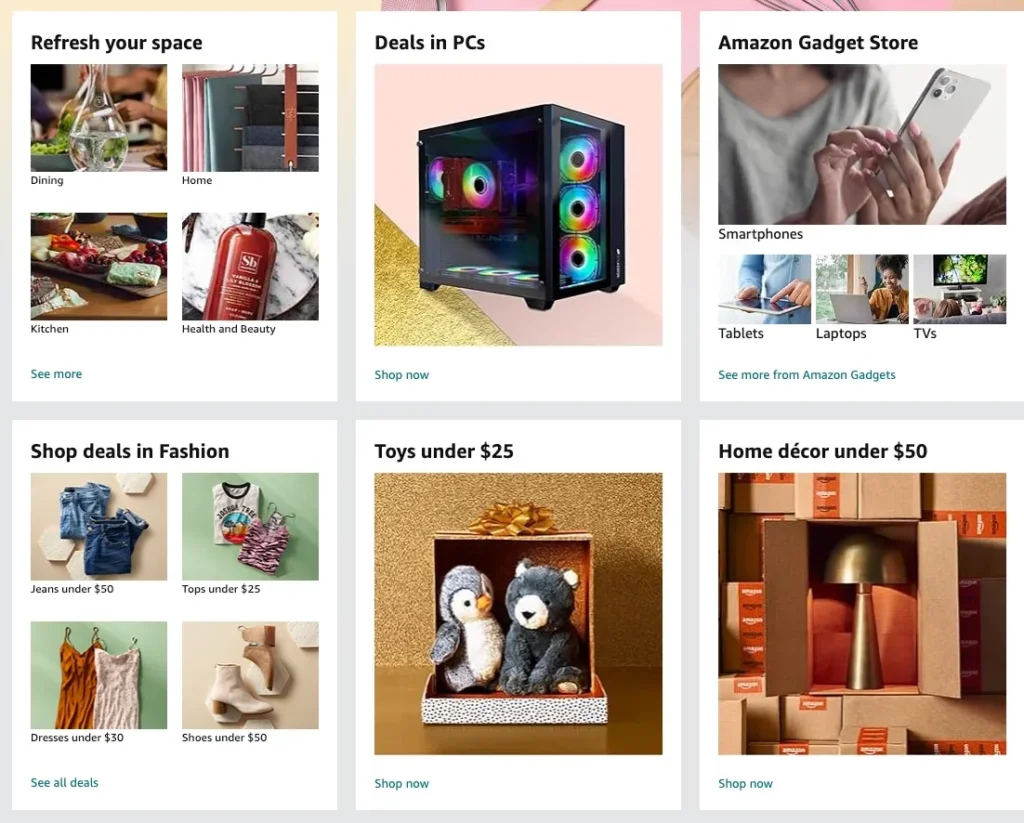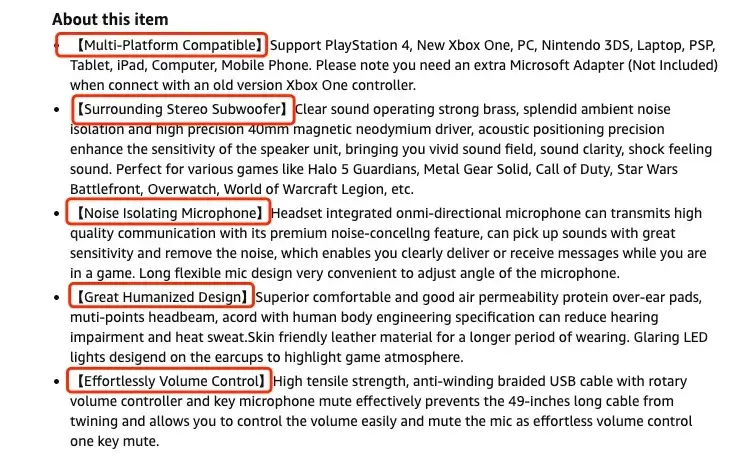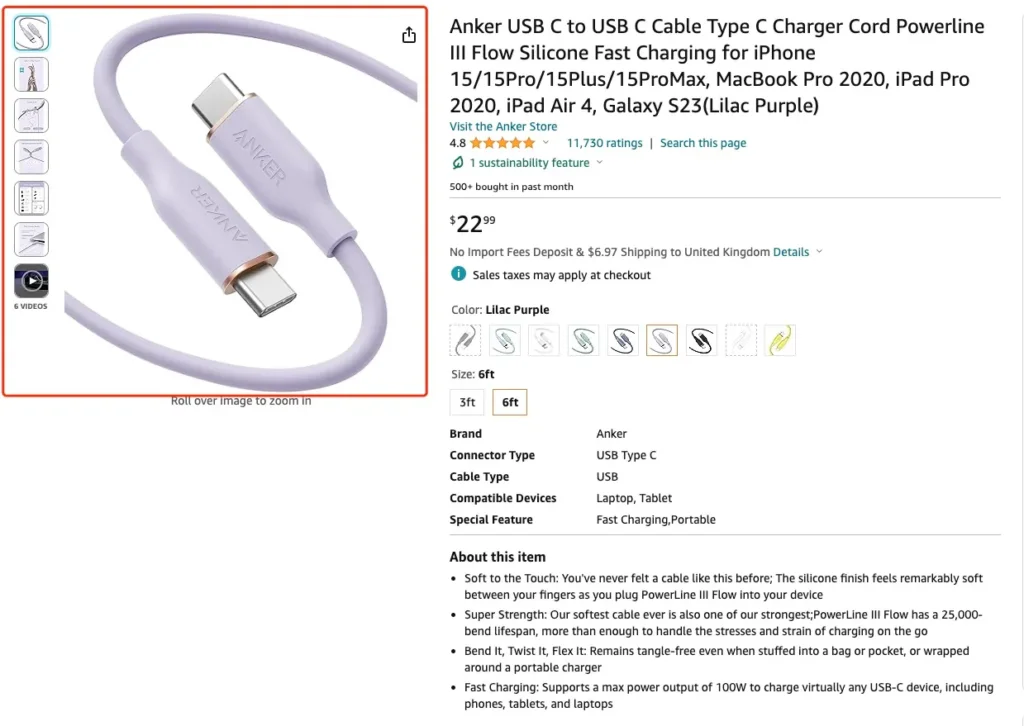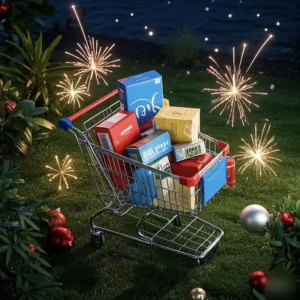Amazon Freight Forwarder Guideline:
How to write great Amazon Listing?
Listing is the foundation of Amazon operation, and all operational tasks revolve around it. Writing a quality listing is the primary task before product creation. Without a good listing, pursuing a reasonable advertising and conversion rate is meaningless.
For this, I will share with you the methods and steps to write a quality listing.
There are four parts for write a good listing name
1. Sources of Listing Keywords
2. Keyword Placement in Listing Title, Five Points, Long Description, and Search Terms
3. Product Images
4. Checking Keyword Inclusion

1. Sources of Listing Keywords
a: Brand Analysis: Use official data to find top-selling keywords of top sellers (if no brand has been applied for, brand analysis features can still be used with third-party tools to reverse-engineer competitors’ keywords).
b. Amazon Search Box
c. Manual Advertising System Recommended Keywords
d. Advertising Search Term Report
e. Competitor Listing Research
f: Third party analysis tools
2. Place Keywords in the Listing Title, five Points, Long Description, and Search Terms
The weightage of keywords should be distributed based on the following order of importance. Priority keywords should be allocated in sequence.
Title > Bullet Points > Product Description > Backend Search Terms > Others (Reviews, QA, etc.)
**Title**
The structure of a title generally consists of the following sections:
(1) Brand (2) Core Keyword (3) Secondary Core Keywords (4) Core Selling Points (5) Features/purpose/Scenarios/Targets
**Placement Principles**
Core keywords should be placed at the beginning, followed by secondary core keywords. typically aim to include around three core keywords in a title. Relevance is crucial. Important information for core selling points should be placed at the front. Regardless of whether it’s viewed on a desktop or mobile device, due to limited space, only a portion of the title text is displayed before entering the product detail page. Therefore, it’s essential to place crucial information upfront so customers can see it both on the search results page and the product page, increasing the chances of being clicked.
**Weightage**
1. Different keyword order leads to different weightage. Precise Match > Phrase Match > Broad Match. For example, the order of weightage for the core keyword “chair cover” placed in different positions within a title would be: chair cover > outdoor chair covers > chair outdoor covers.
2. If both the singular and plural forms of a word are core keywords generating sales, we need to consider whether both should be included. For instance, if chair cover and chair covers are both core keywords generating sales after checking competitors’ ASINs, only writing “chair cover” in the title will still allow the system to match “chair covers,” but the weightage of “chair covers” in your title will be less than if you had actually included “chair covers” in the title.
**Five Points**
**Writing Techniques**
(1) Use subheadings followed by discussions, with the subheadings capitalized for emphasis.
[Note: Attached below is a screenshot of a product’s five points example for Amazon]

(Note: The actual screenshot is not included in this text-based translation. It should be added separately.)
(2) Keyword Placement – The first major step is to identify the keywords and sort them based on search volume and conversion rates. Place the key core keywords in the title, followed by the five-point description. Generally, I include different keywords in each point of the five-point description.
(3) Enhancing the Distinctiveness of the Five-Point Description – Adding emoji can make the five-point description more distinctive.
Long Description
Commonly Used HTML Codes
(1) Line Break – Add at the end of each line to create a line break.
(2) Bold Text – Add before and after the text you want to bold.
If you have brand registration, definitely use A+ as it significantly improves conversion rates.
Search Term
Misconception about Length
It is commonly believed that the search term should not exceed 250 characters, but the official policy states that it should be less than 250 characters. Therefore, the maximum length is 249 characters.
Basic Guidelines for Search Terms to Focus on
Using synonyms
Using spelling variations
Using abbreviations, nicknames, or aliases
Choosing either singular or plural, not both
Using spaces for separation, avoiding commas or other symbols
Avoiding brand names, ASINs, temporary statements, subjective or offensive words.
Amazon Example: In the example, the search terms mainly consist of modifying words, selling points, functional attributes, and other relevant terms.
Here’s the key point! What keywords are considered as low-value keywords by Amazon?
(1) Avoid using keywords that are already used in the title, bullet points, and long description. Do not reuse keywords within your listing.
Avoid using conjunctions, prepositions, etc.
Utilize Amazon’s official tool, ASIN, for keyword research and optimization (this feature is only available after brand registration).
Negative Example: Below is a screenshot provided by a seller:
The seller’s product is an outdoor furniture cover. The listing title, bullet points, and long description already include core keywords and attribute words like “patio,” “furniture,” “chair,” “covers,” and “waterproof.” The seller added these same keywords again in the search terms, which were then deemed as low-value keywords by the system. Instead, we should strive to find synonyms, related words, attribute words, modifiers, and selling points. If we cannot find any more, we can even consider adding the corresponding Spanish words to the search terms. However, avoid keywords unnecessarily.
Product Images ( this is from Amazon)

Here are a few key requirements to focus on when it comes to product images:
1. Main Image Requirements: Size and Background – The main image should be no smaller than 1600 pixels.
2. Pure White Background for Main Image – If the product is white, in order to highlight the product, shadows can be added as a solution.
3. Other Images – Not Less than 1000 Pixels – (The minimum resolution suitable for scaling is 1000 pixels.)
4. Product Representation – The product image must occupy 85% or more of the image area.
5. No Text, Logos, Borders, Color Blocks, Watermarks, or Other Graphics Allowed – There should be no text, logos, borders, color blocks, watermarks, or other graphics above the product image or in the background.
Note: All the picture samples are from Amazon
For more information, pls check with AMZ SHIPPER









